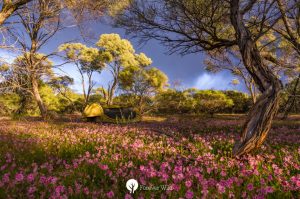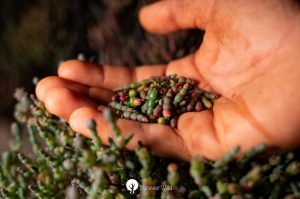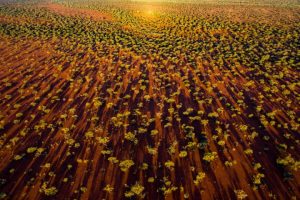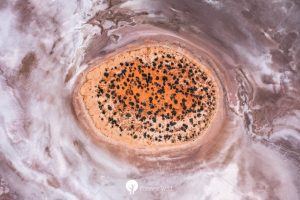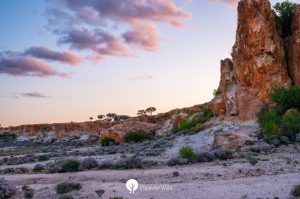Boodanoo is a spectacular and biologically diverse property in Western Australia. With a land area of approximately 131,000 hectares (323,708 acres), habitats range from open saltbush to Mulga woodlands and freshwater wetlands that fill every few years. The entire Boodanoo Wilderness Zone covers approximately 292,000 hectares (721,500 acres) of contiguous land.
Boodanoo sits adjacent to Narndee, also owned by Forever Wild. Together they form the hub of our Western Deserts Shared Earth Landscape. Boodanoo is renowned for its outstanding wildflowers, and if we are lucky enough to receive winter rainfall the red earth becomes contrasted against fields of pink, yellow, lilac and many other colours.
Boodanoo is a former sheep station, and Forever Wild now runs a small herd of cattle as part of a carefully considered management strategy to finance the protection of biodiversity, and to demonstrate that food systems can work within an applied conservation strategy.
Wilderness Values
Boodanoo, along with Narndee, forms the core of Forever Wild's landscape in Western Australia. Together they comprise 2,225 square kilometers. By 2030 the aim is to have expanded that substantially, through direct investment from Forever Wild and through partnerships.
Human Spirit
It is very early days for Forever Wild in Western Australia, and we only acquired Boodanoo in late 2022. The scale of the landscape means it will take some years before we fully understand the incredible cultural diversity, develop working partnerships and know which areas to protect. The cultural heritage on Boodanoo is important to the Indigenous people who used to roam here, and to later Australians.
Biodiversity
Boodanoo has a healthy population of red kangaroos (Macropus rufus) and Western Greys (Macropus fuliginosus), and we know the property hosts diverse birdlife, small mammals and reptiles. The ecosystems are in remarkably good condition, but it will take some time to plan and undertake biodiversity surveys to fully appreciate the values. Current data suggests the presence of rare and threatened species. The freshwater lake system flows south to the Greenlanding Wetlands, and are immensely important features in the landscape for so many species.
Wilderness Economies
The Western Deserts landscape is a vast, semi-arid area of immense biological, cultural and economic value. The land has not been well treated by early Europeans, but recovery is possible. The landscape is remote, and visitors here must be well prepared if they wish to explore the region. Despite the isolation, visitation is growing and Forever Wild aims to work with partner companies to develop environmentally and culturally sensitive tourism on Boodanoo and Narndee over time.
Low-impact cattle farming can be found in the landscape, and Forever Wild is focused heavily on using this to demonstrate that food can be produced without destroying our environment, and in fact can be used to finance the protection of biodiversity and cultural heritage. Boodanoo is a superb location to develop and demonstrate this concept, to show that the economic relationship can be restorative rather than destructive.
Special Values
Boodanoo is adjacent to a Nature Reserve and to an area of government land (Unallocated Crown Land). Combined they cover approximately (400,000 acres), making the entire Boodanoo wilderness zone (not including Narndee) approximately 292,000 hectares (721,500 acres). Forever Wild is exploring options to ensure these adjacent landscapes are well managed.
